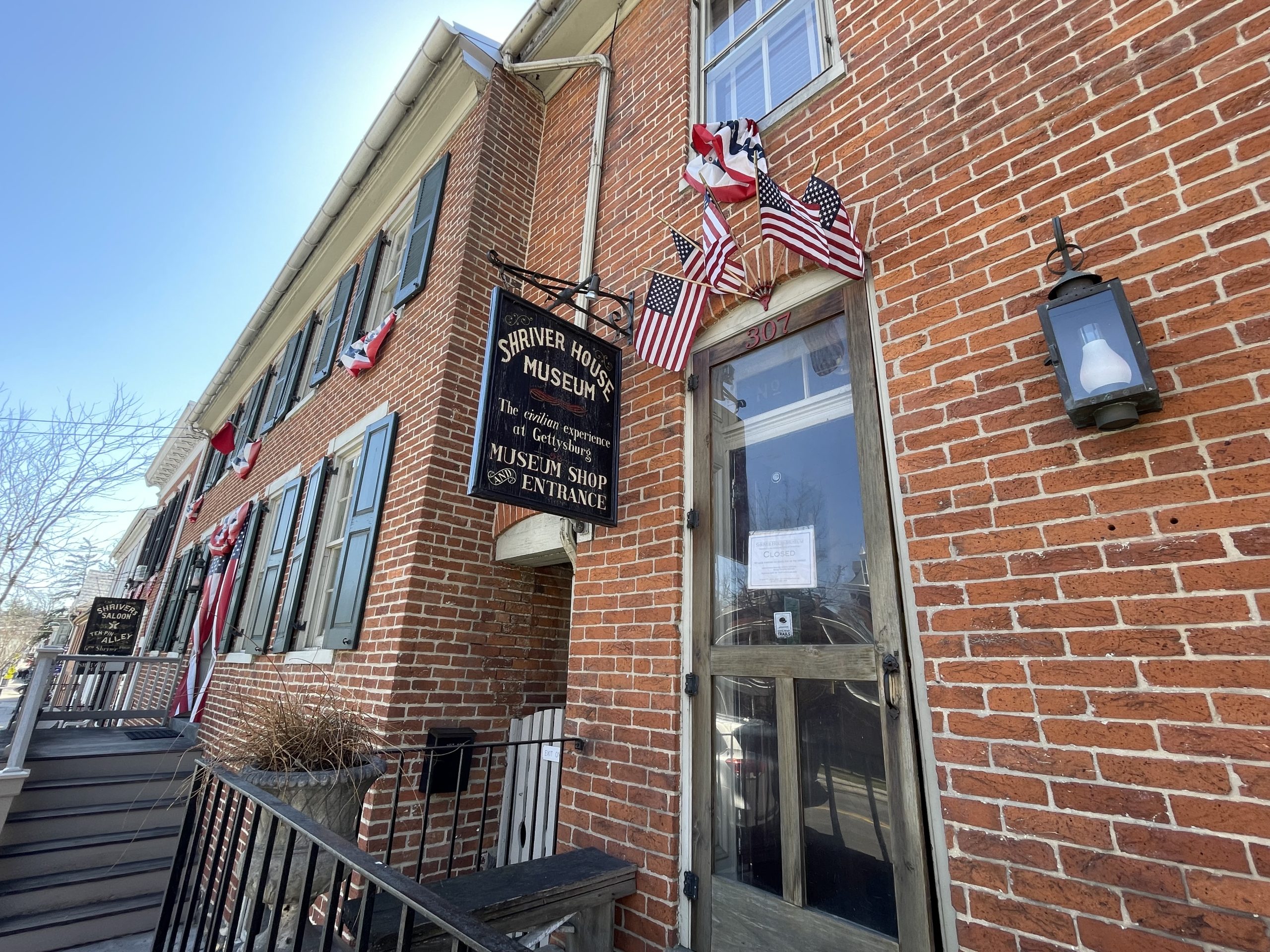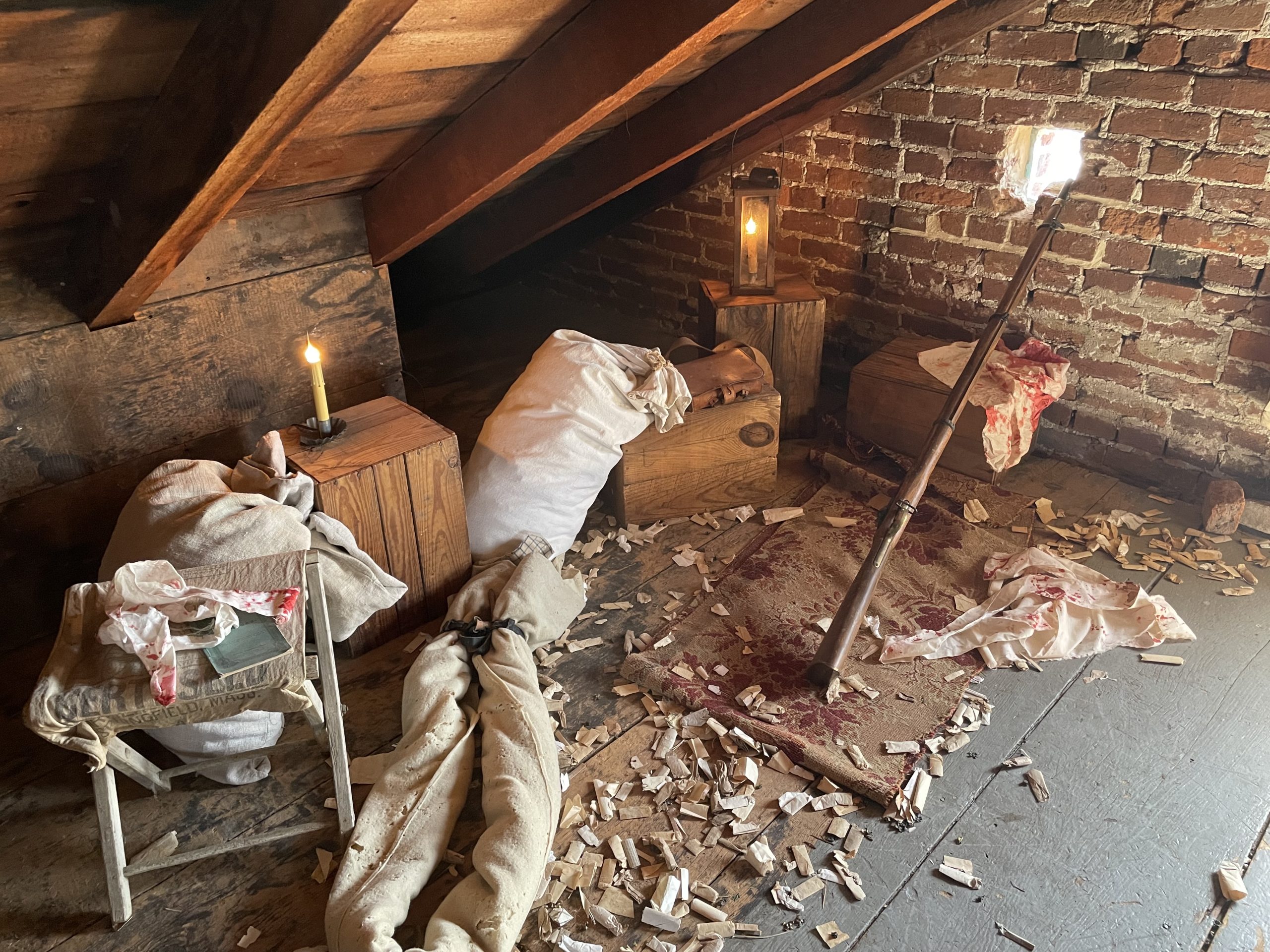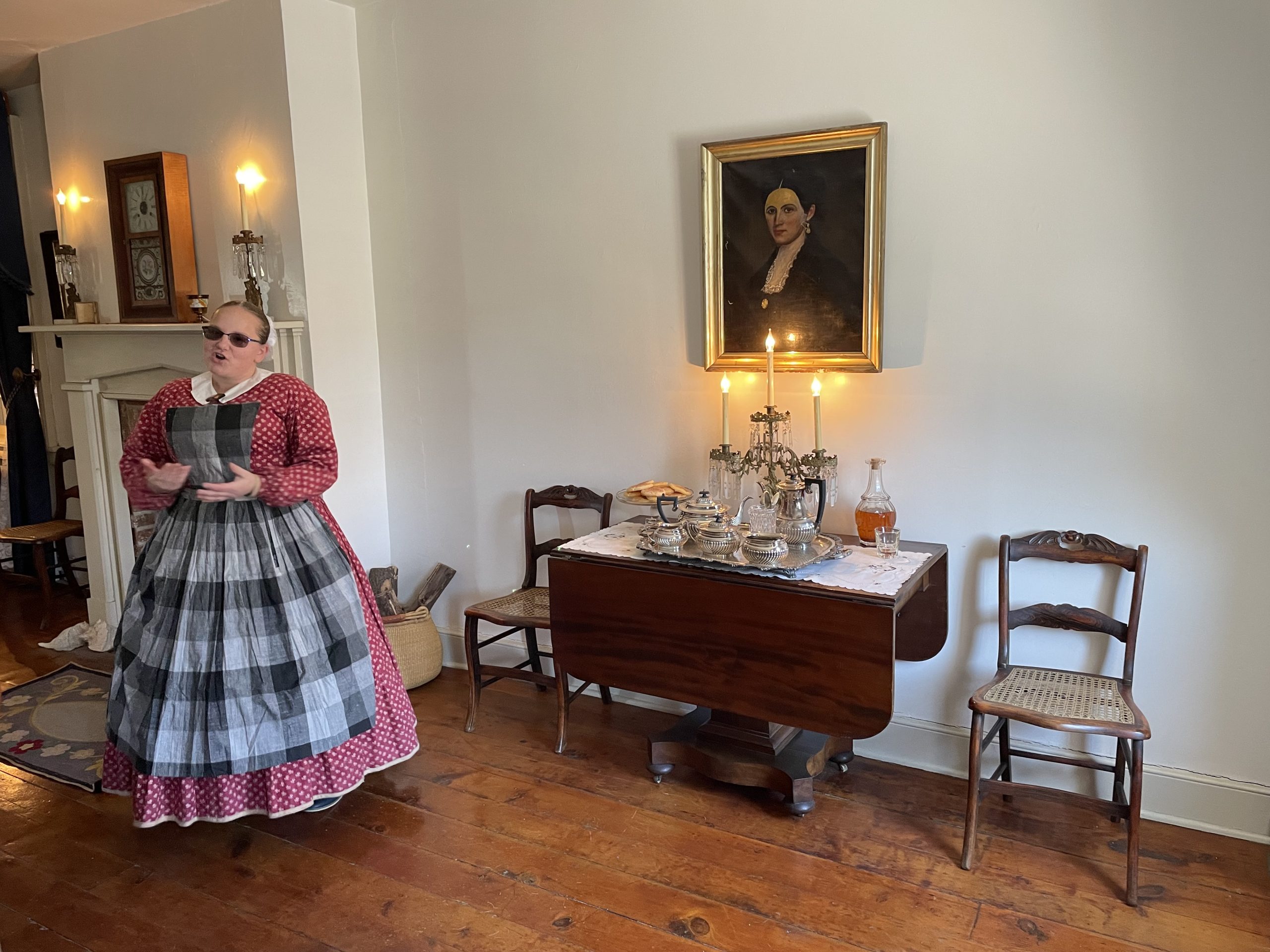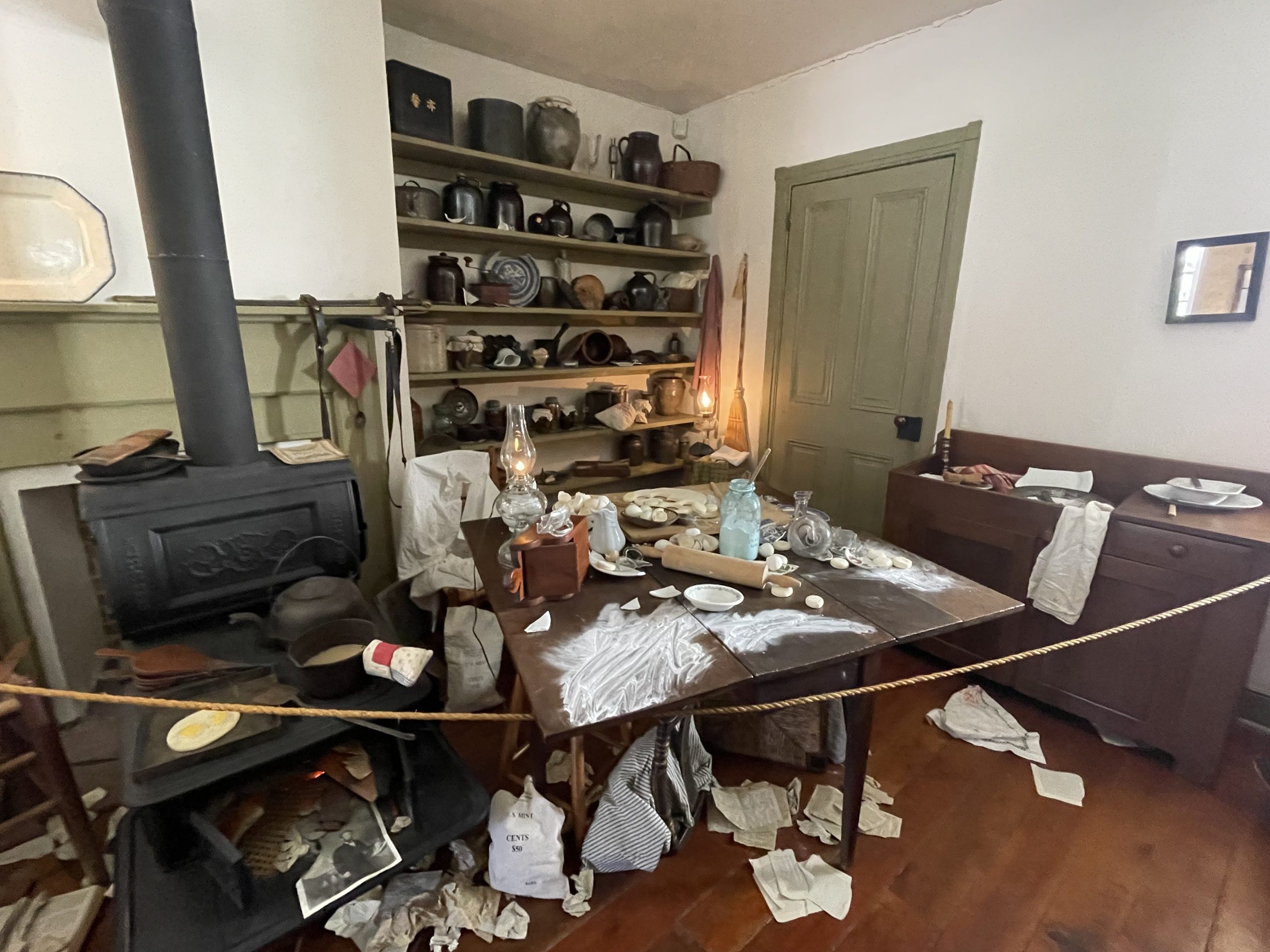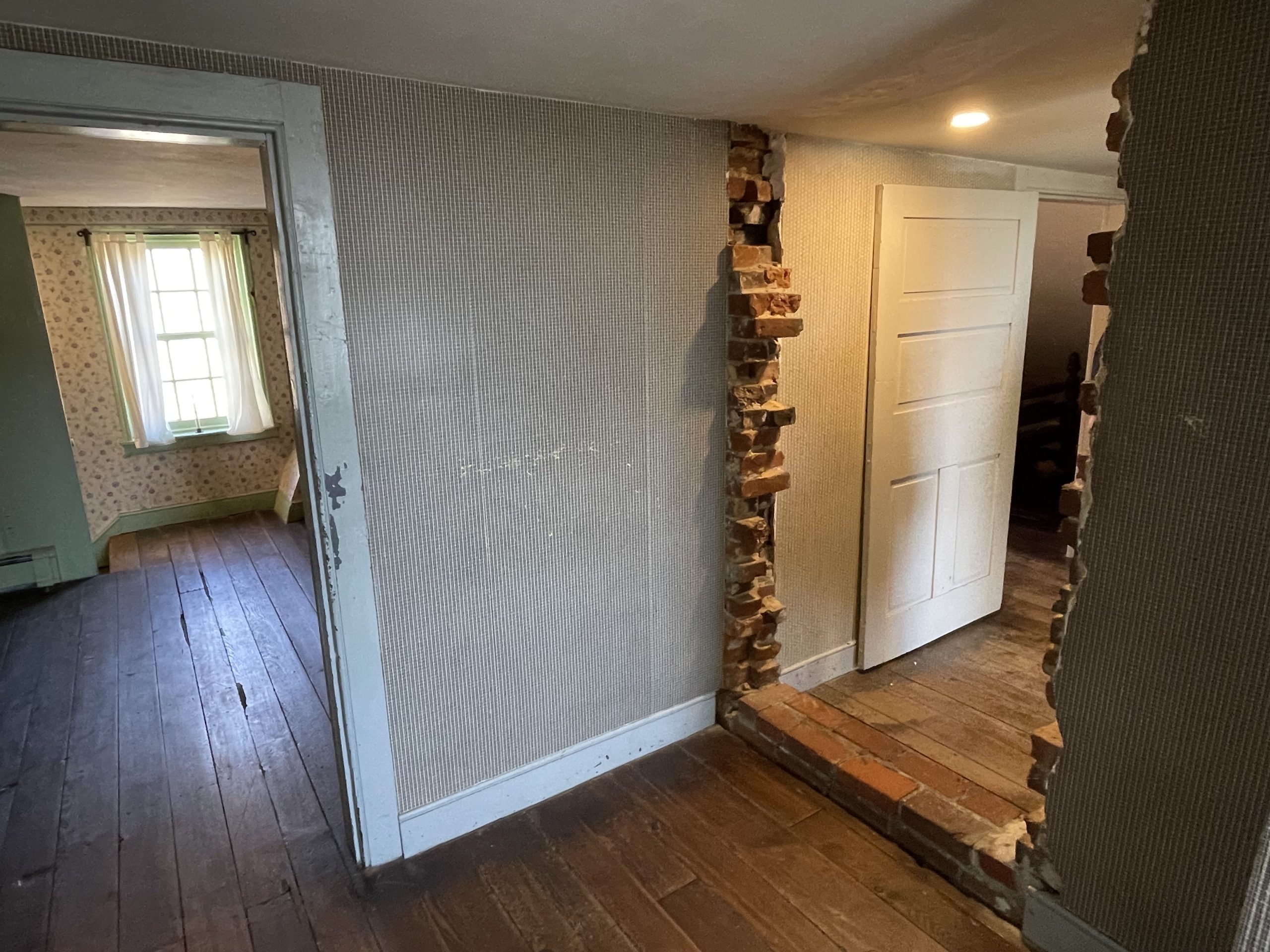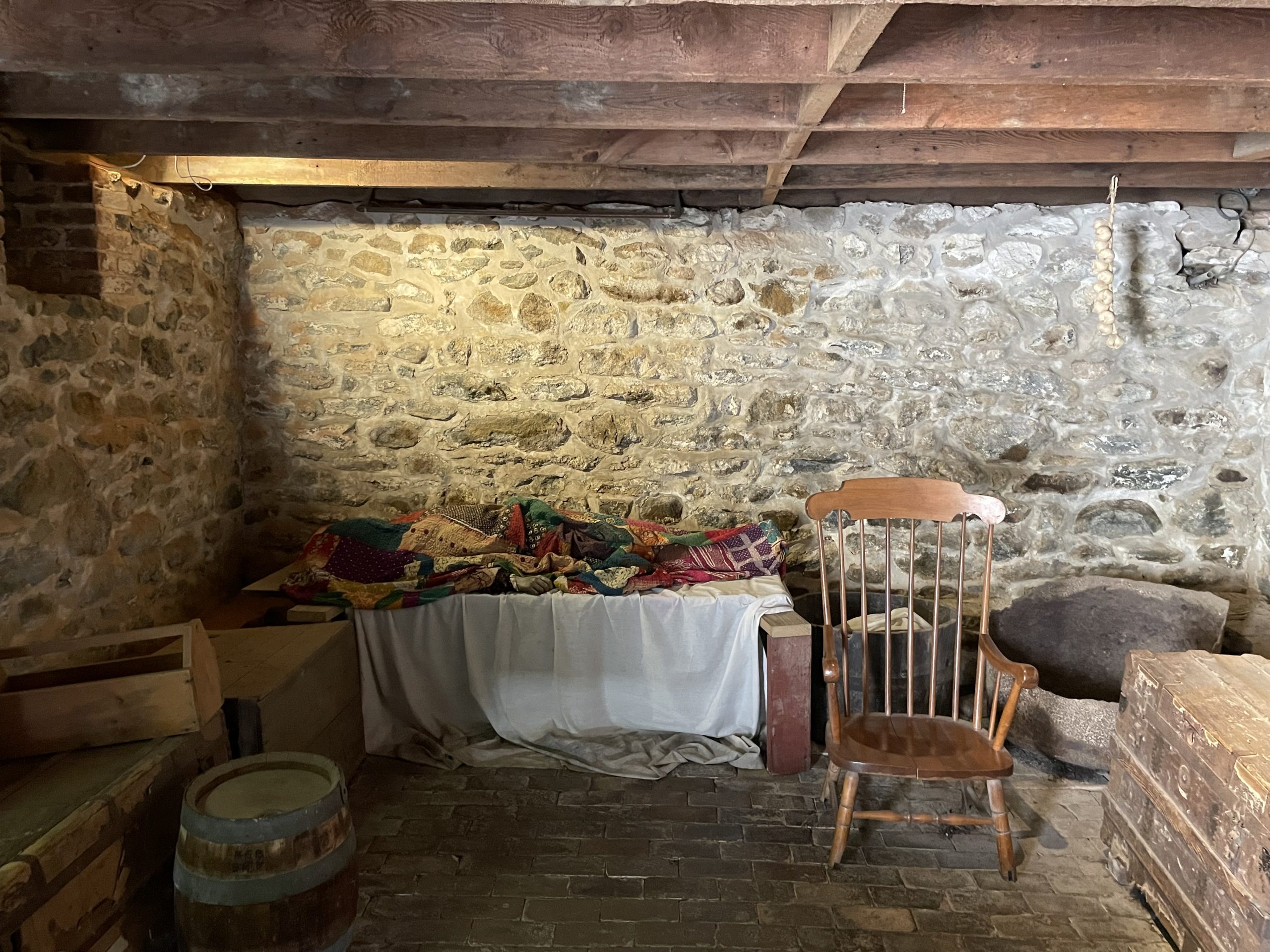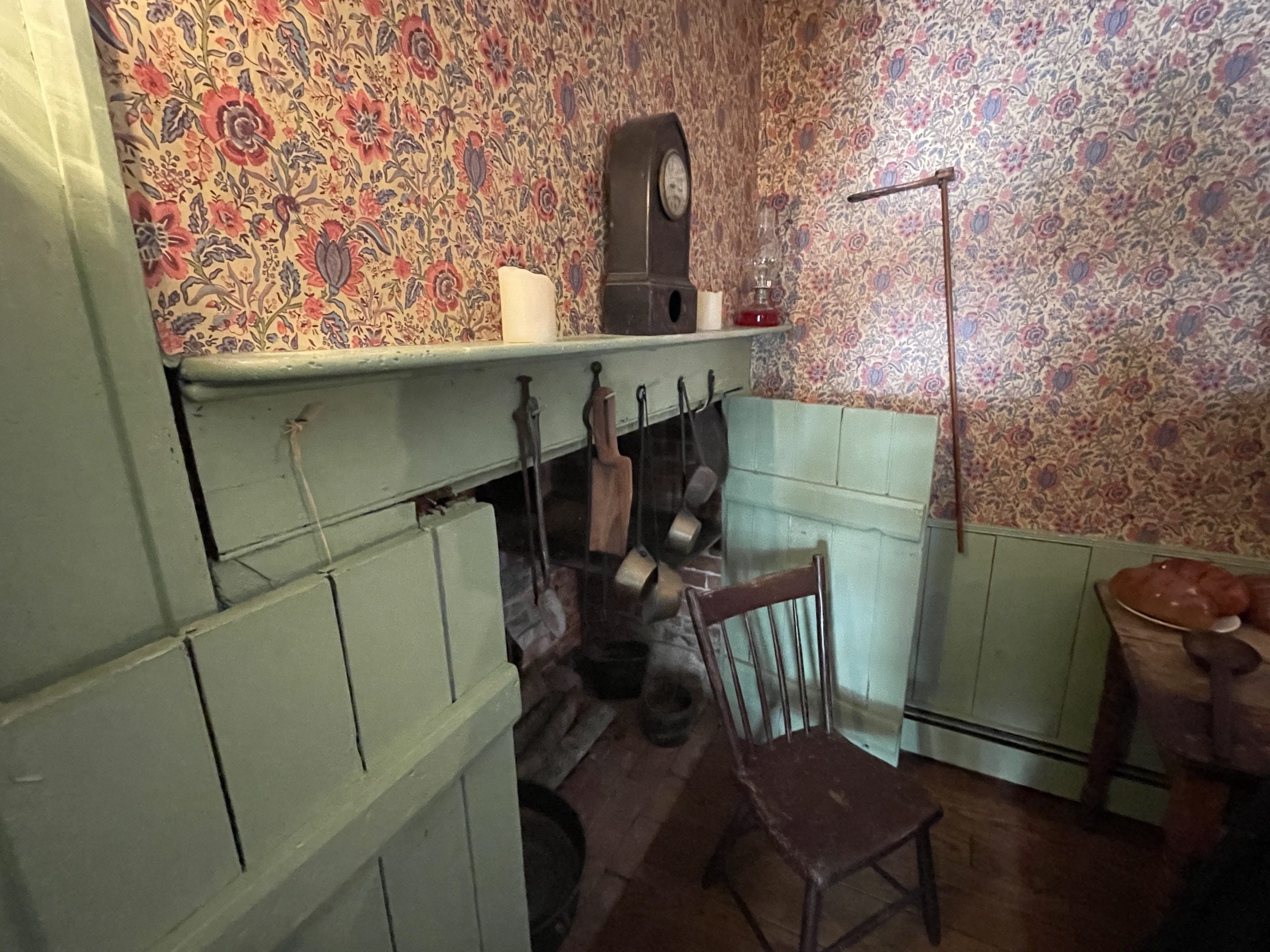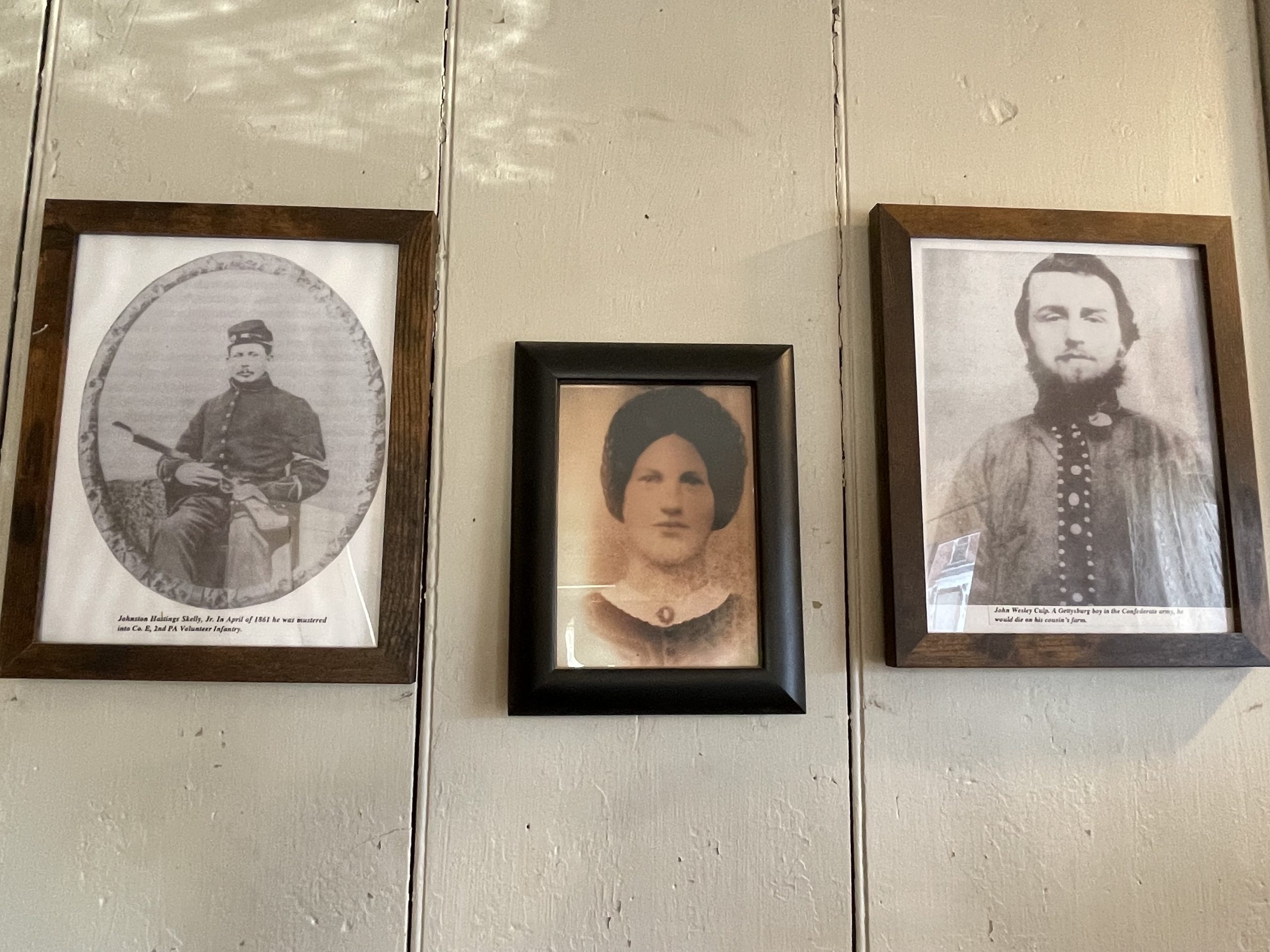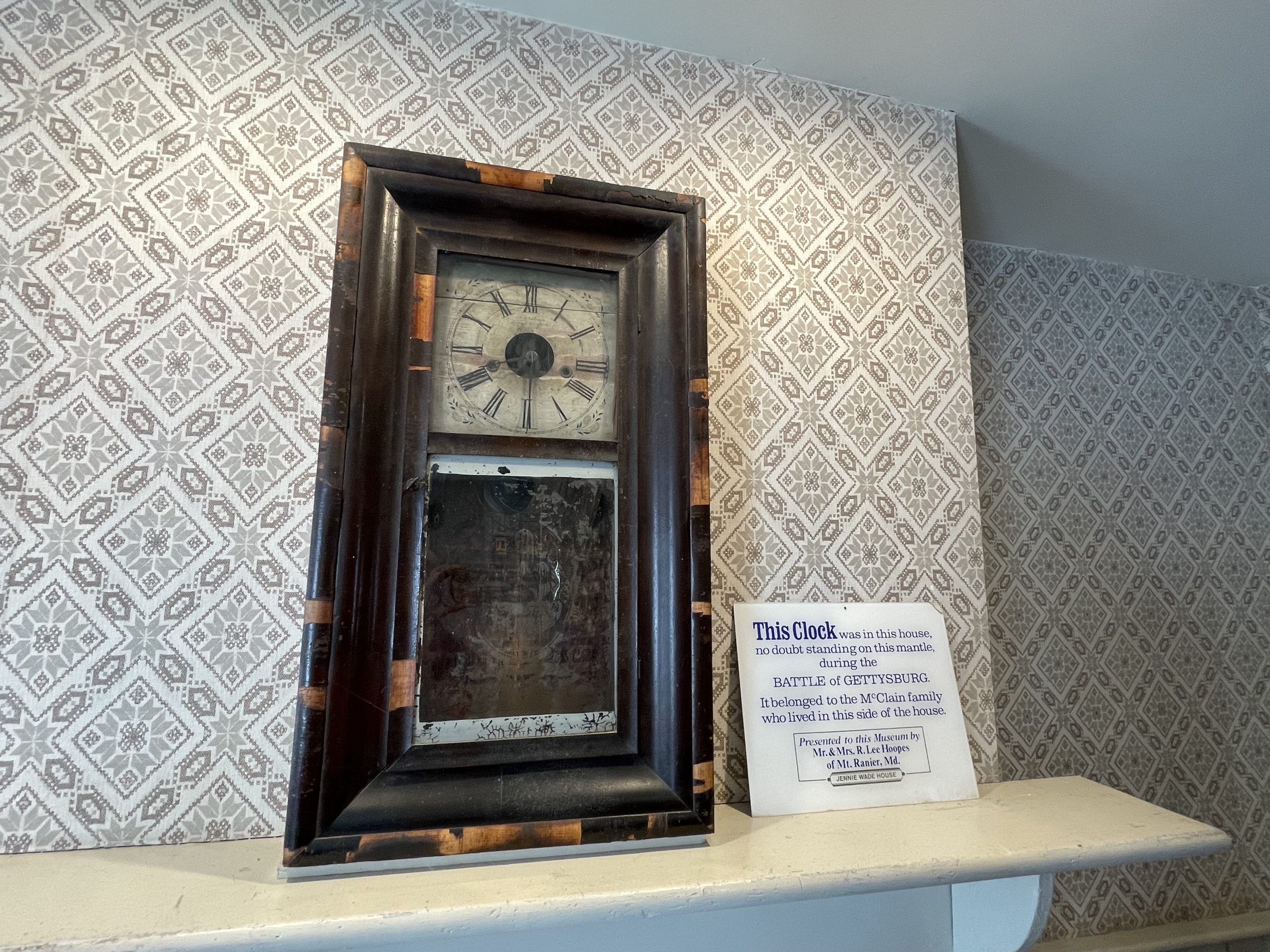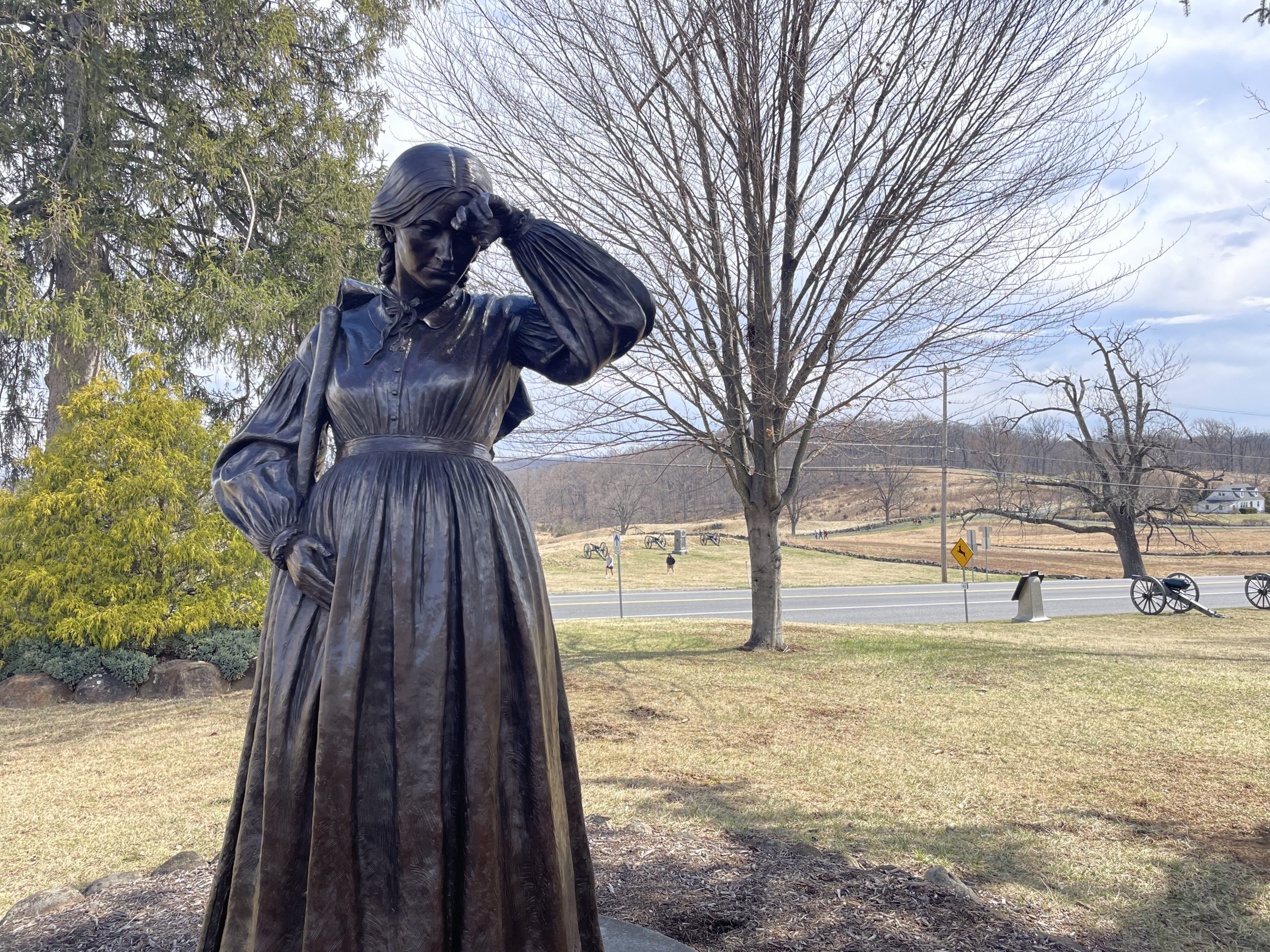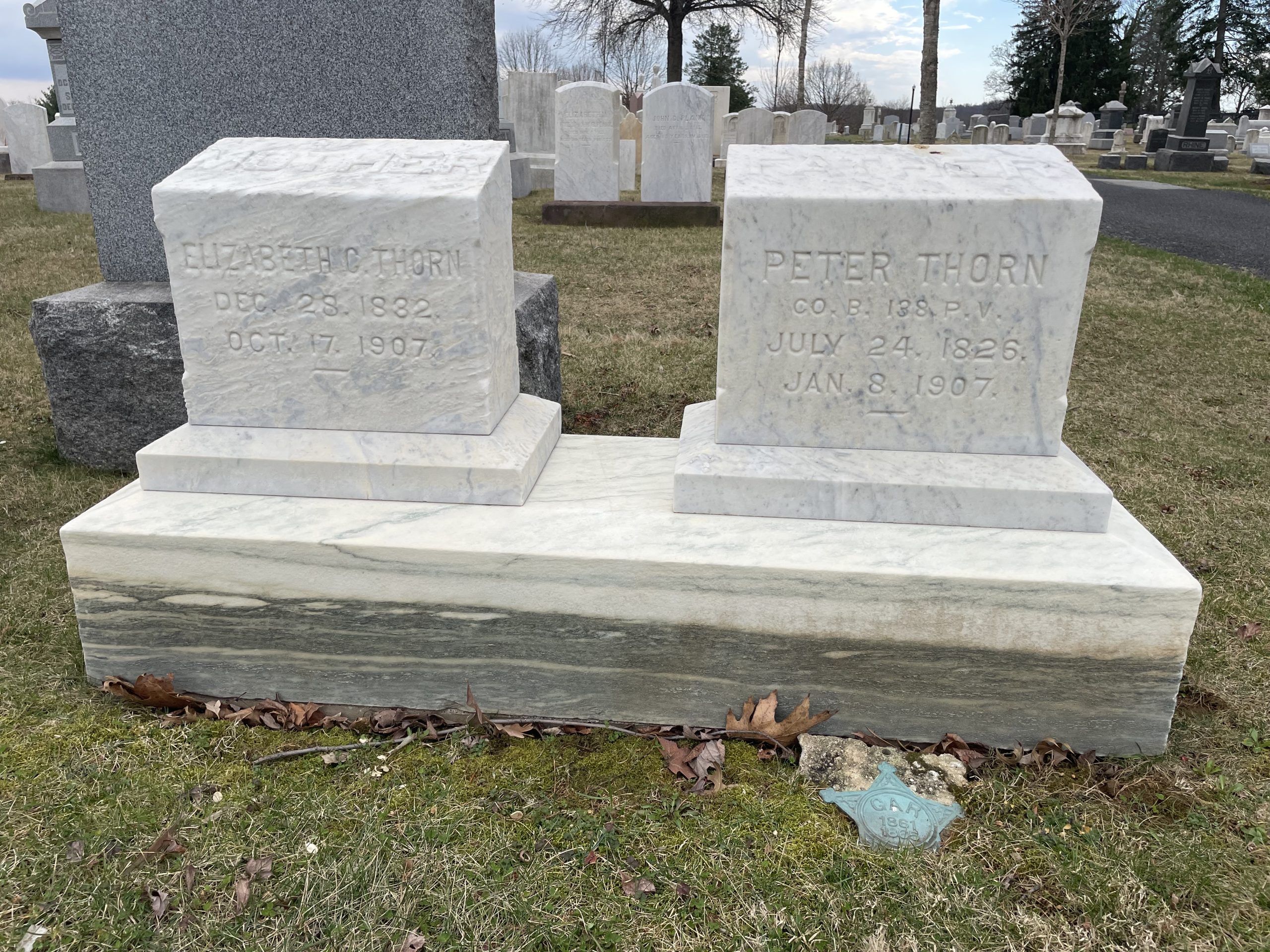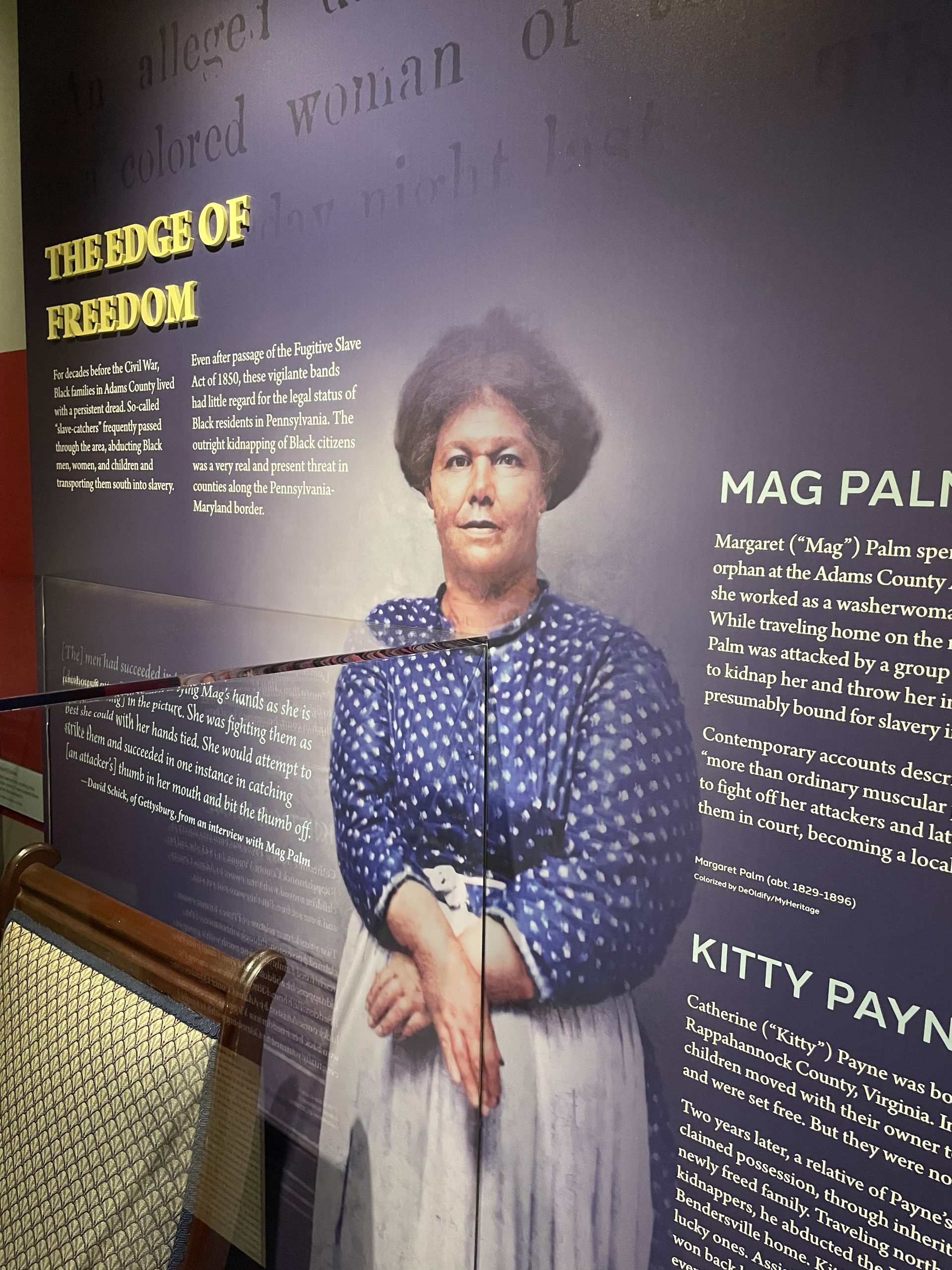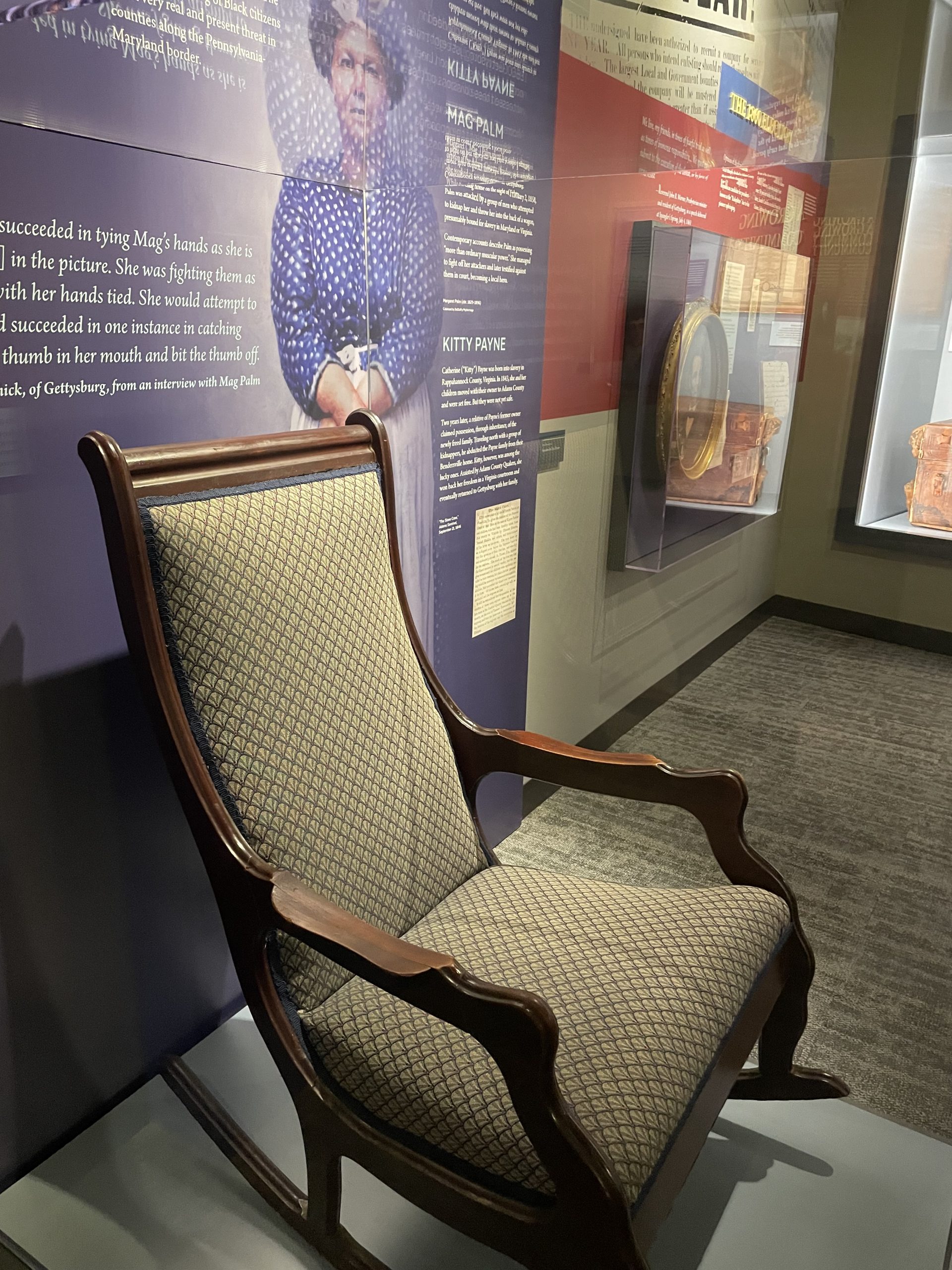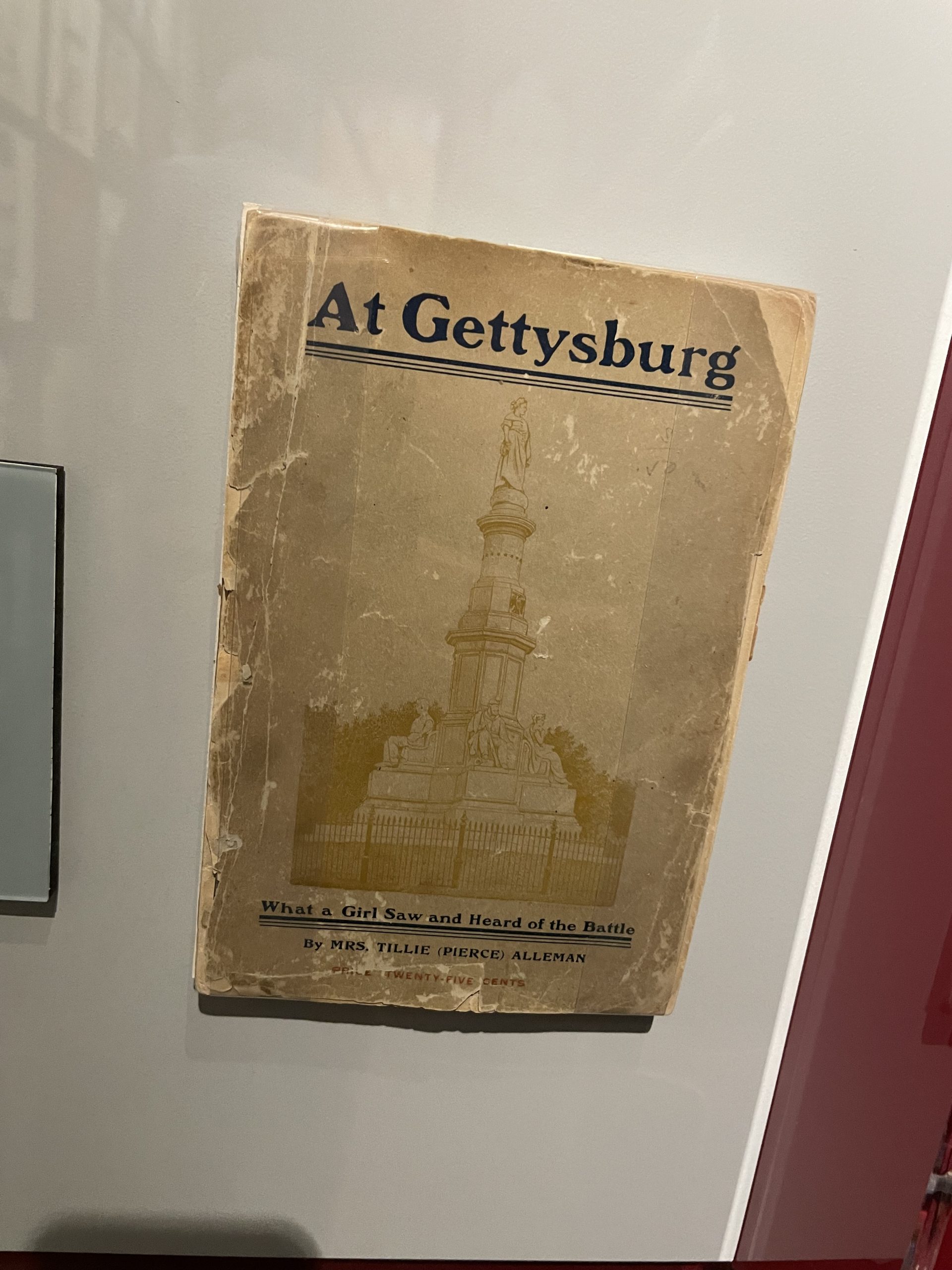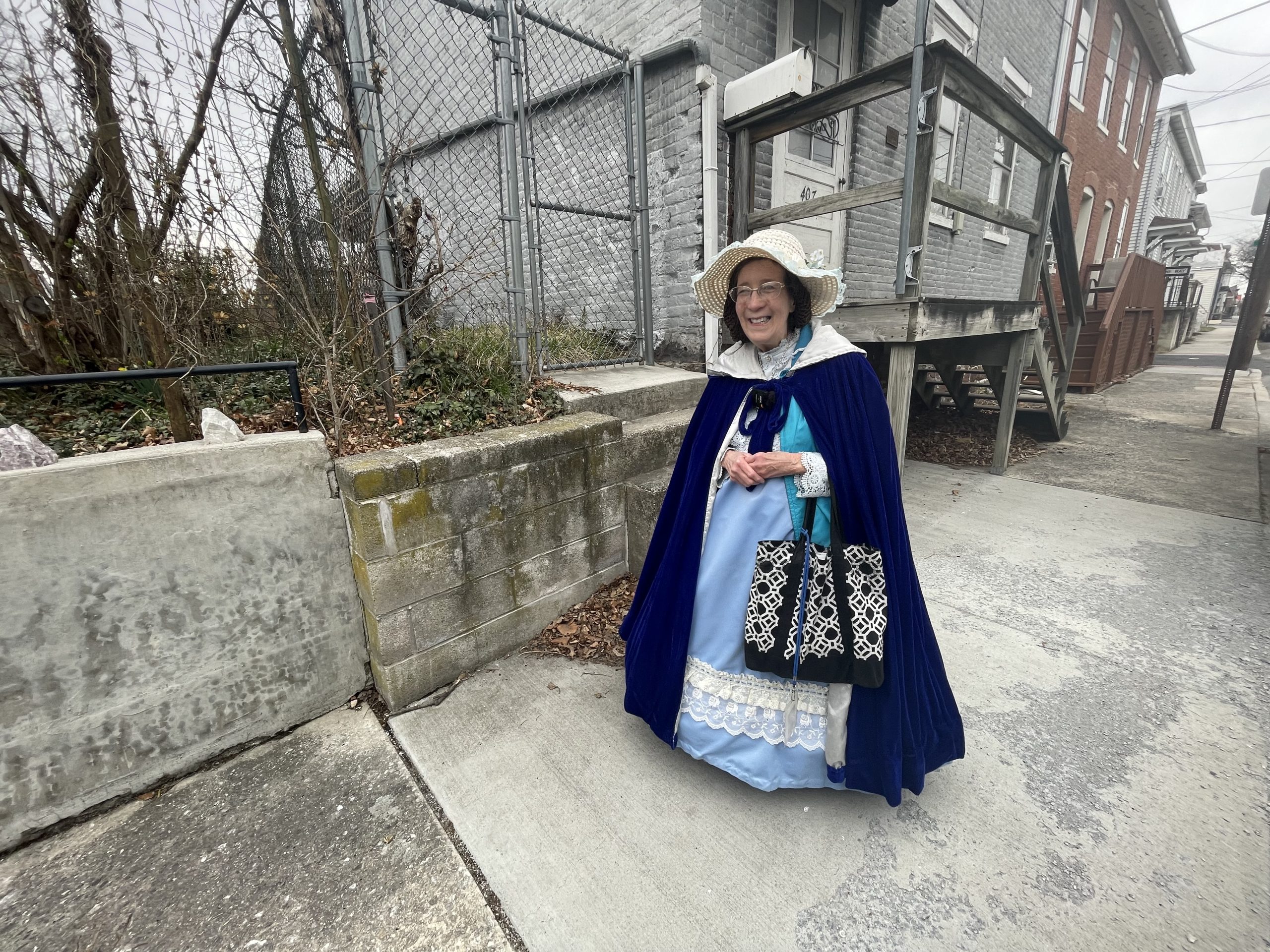On July 1, 1863, advancing Confederate forces clashed with Union troops just outside Gettysburg, sparking a pivotal three-day battle that altered the course of the Civil War. The story is often told through the blood-soaked fields of Little Round Top, Pickett’s Charge, and Cemetery Ridge. But while the men fought, it was the women of Gettysburg who held the town together. They turned parlors into operating rooms and churches into makeshift hospitals, they fed passing soldiers bread and water. And they buried the dead, comforted the wounded, and documented the horrors around them.
Here are five places, one of them new, where their presence still lingers—in quiet rooms, along worn paths, among cemetery headstones, and within the stories these spaces hold.
Shriver House Museum
At first glance, the Shriver House Museum on Baltimore Street appears to be a beautifully preserved 19th-century home. Step inside, though, and you’re drawn into a powerful story of civilian trauma. With her husband away in Union service, 24-year-old Hettie Shriver fled to her parents’ farm across town with her daughters and the neighbor girl, Tillie Pierce (who later documented their experience in her memoir, At Gettysburg), returning after the battle to find Confederate troops had occupied her home.
Today guides in period dress walk you through history-filled rooms—including the attic-turned-sniper’s nest and the kitchen staged to reflect the chaos of war.
“How violated women must have felt to come home and see things destroyed and taken,” said Abbie Hoffman, the museum’s manager and one of the guides. “This is emotional trauma.”
Jennie Wade House Museum
The bullet hole in the kitchen door of this modest brick house may appear small, but its story is monumental. On the morning of July 3, a Confederate sniper fired from (it is believed) the attic of the nearby Farnsworth House. The bullet tore through the closed front door, then the kitchen door, striking 20-year-old Jennie Wade in the heart as she kneaded bread for Union soldiers. Her corset, tragically sealed her fate—trapping the fatal shot.
Today, the house stands as a somber tribute to Gettysburg’s only civilian casualty. The kitchen remains much as it was, including original tools, the wood oven, and the actual dough trough Jennie was using when she was killed. In the small parlor, family portraits—one of her fiancé among them—hang above modest furnishings. Narrow stairs lead upstairs to the bedrooms, where a hole in the wall connects to the adjoining house, marking the path Union soldiers took up and over to carry Jennie’s body, wrapped in a quilt, to the cellar. It was there the grieving family waited out the battle’s final, harrowing hours.
Evergreen Cemetery
Sprawling beside the National Cemetery’s more famous grounds, Evergreen Cemetery is a quieter but equally powerful place of remembrance. Inside its stately gatehouse stands the Gettysburg Women’s Memorial, a bronze statue depicting a heavily pregnant woman wiping sweat from her brow. She’s 30-year-old Elizabeth Thorn, wife of caretaker Peter Thorn, who was off fighting in the war. With no one else to turn to, Elizabeth took on the grim task of burying 91 fallen Union soldiers and several civilians in the grueling heat, aided only by her elderly father.
You’re welcome to wander the grounds to find her grave, where she was laid to rest beside her husband in 1907. Up the hill lies Jennie Wade, the only civilian killed during the battle. A perpetual flag flies over her grave—one of only two such honors granted to a woman in the United States (the other is Betsy Ross).
Another Gettysburg resident buried here is Sallie Myers Stewart, a young schoolteacher when the battle broke out and an avid journal keeper. She recorded the moment on July 1, when she saw three wounded men come up the street: “I saw the first blood. … I grew faint with horror.” Though she admitted, “I had never been able to stand the sight of blood,” Despite her fears, Sallie rose to the moment—tending for wounded men as a nurse. She died in 1922, leaving behind her vivid diaries that remain a powerful glimpse into wartime Gettysburg life and the essential, often unsung role women played.
Gettysburg Beyond the Battle Museum
This fantastic, interactive, new museum brings to life Gettysburg’s history beyond the battlefield, including poignant stories of the town’s women—Elizabeth Thorn, Jennie Wade, and Hettie Shriver among them.
One of the most compelling exhibits features Margaret “Mag” Palm, a free Black woman who lived in Gettysburg and worked as a washerwoman and domestic servant—and as a conductor on the Underground Railroad. One day in 1858, as she was leaving work, she was targeted by slavecatchers with the intent to kidnap her into slavery. She fought them off—even biting off the thumb of one of her assailants. In a sepia-toned photo, she crosses her wrists in front of her, depicting the way the men had bound them.
Another impactful exhibit tells the story of 18-year-old Anna Louise Garlach, a student at Rebecca Eyster’s Female Seminary who lived at home during the summer of 1863. On the afternoon of July 1, she watched as Union soldiers retreated toward Cemetery Hill, with Confederate troops in hot pursuit. Amid the chaos, Union Brig. Gen. Alexander Schimmelfennig of the 11th Corps became trapped in the Gerlachs’ backyard.
Years later, Anna recalled how her mother bravely smuggled food and water to the hidden officer under the guise of emptying a swill bucket: “On the second day, mother made a pretense of going to the swill barrel. … Instead of these going into the barrel, they went to the General in hiding.” The family later helped tend wounded soldiers, while Schimmelfennig returned to duty—eventually leading troops in Sherman’s March to the Sea and accepting the surrender of Charleston in February 1865.
And that’s just the beginning—countless other women’s voices echo throughout this fascinating place.
“Hidden Memories” Walking Tour
Sometimes the best way to grasp the deeper context of history is on foot—and when it comes to Gettysburg’s women, Patty Hawthorn is the go-to. A walking encyclopedia of overlooked female voices, she leads the “Hidden Memories” tour dressed in full period garb, bringing the past to life with vintage photos she shares along the route. As she guides you past historic homes and even a tree that provided shade and shelter to wounded soldiers, she threads together the stories of women who endured, resisted, and helped rebuild.
You’ll hear about Lydia Lester, who gathered and sold horse bones to restore her farm; Cornelia Hancock, the fearless 23-year-old nurse who arrived just days after the battle; Marie Tepe, the so-called “French Mary,” who fought alongside Union troops in more than a dozen battles; and Josephine Miller and Annie Warner, whose homes became improvised hospitals.
“So many stories of women have not been told,” Hawthorn said.
Thanks to her—and to historic sites across Gettysburg—these stories are not just being told. They’re being heard.
Side Dish
Among the many historic stays, Baladerry Inn offers a romantic country retreat just minutes from the battlefield, with an original farmhouse dating from 1812. For a taste of the past, dine at the Dobbin House Tavern—established in 1776 and used as a field hospital after the battle—where period cuisine, guided tours, and charming B&B accommodations bring history to life. Looking for something more contemporary? Try the stylish Sign of the Buck.
By Barbara Noe Kennedy. Barbara left her longtime position as senior editor at National Geographic Book Publishing in 2015 to go freelance as a travel journalist. She writes stories about art, history, culture food and drink, and social justice for various publications, teaches classes on travel writing and destinations, and writes books. barbaranoekennedy.com.
Top Photo Credit: Barbara Noe Kennedy

